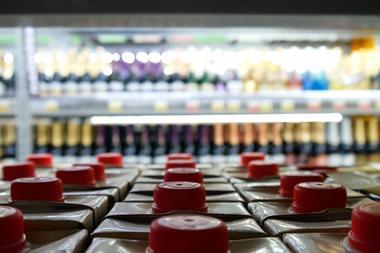Big shot little shots - the new force in energy
The buzz about energy shots has crossed the Atlantic and exploded into UK c-stores. Aidan Fortune looks at the players hoping to make it big here.
ALREADY HAVE A REGISTERED USER ACCOUNT? PLEASE LOG IN HERE
To read the full story join the ConvenienceStore.co.uk community today!
Registration is quick and easy and provides access to:
- Unlimited ConvenienceStore.co.uk articles
- Our great range of newsletters
- Content you’ve saved for later via the ‘my library’ feature
And much more…































